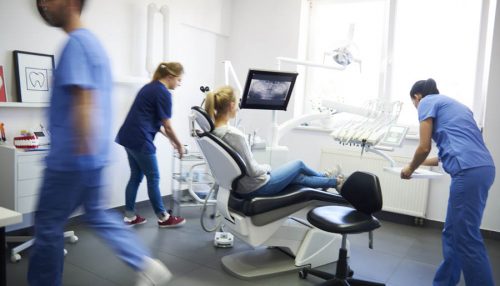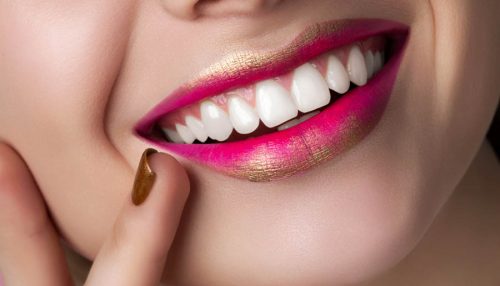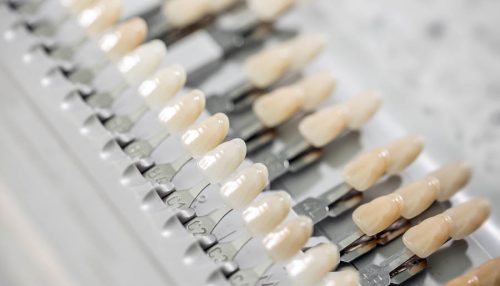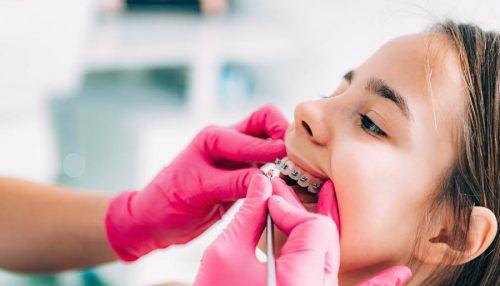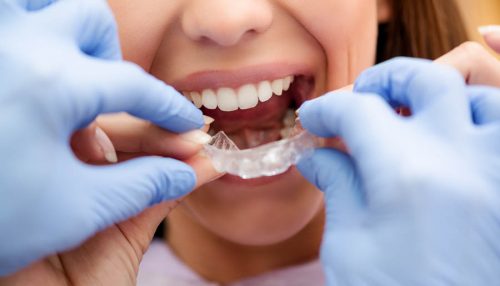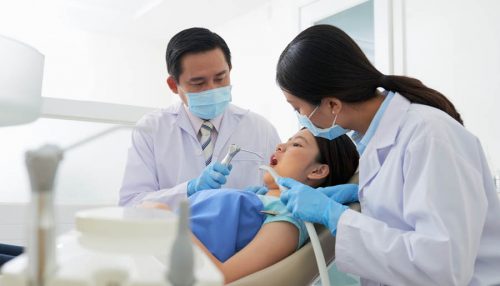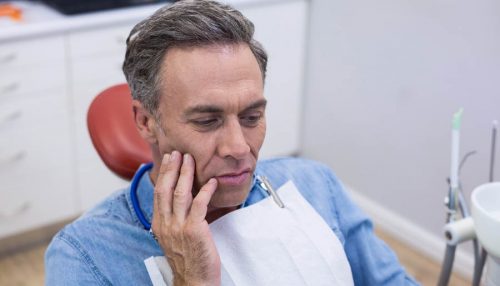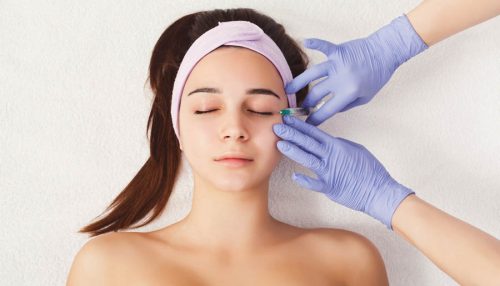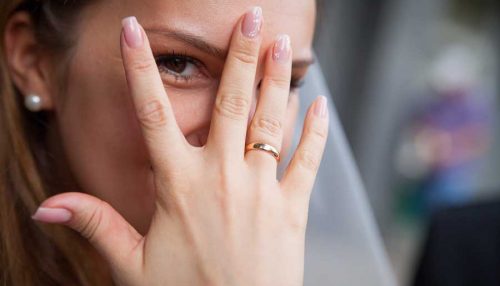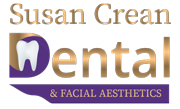Sleep apnoea Treatment
What is sleep apnoea?

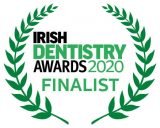
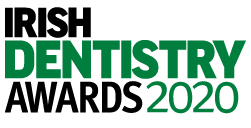
How does sleep apnoea affect your health?
Frequent falls of oxygen levels in the blood of a person suffering from Obstructive Sleep Apnoea can pose some serious health risks for the patient. Long-term sufferers of OSA are more vulnerable to serious cardiac conditions like heart failure, arrhythmias (abnormal heartbeats), high blood pressure (hypertension), stroke and even diabetes. Adults may face an impediment in their work routines, marital disputes, and even a heightened risk of motor traffic accidents.

How do I know if I have sleep apnoea?
Excessive daytime sleepiness (EDS)
Sudden waking in the night with a sense of choking
Gasping during the night
Dry mouth in the morning
Troubles with memory, concentration, and assimilating information
Frequent headaches
Frequent headaches
Night sweats
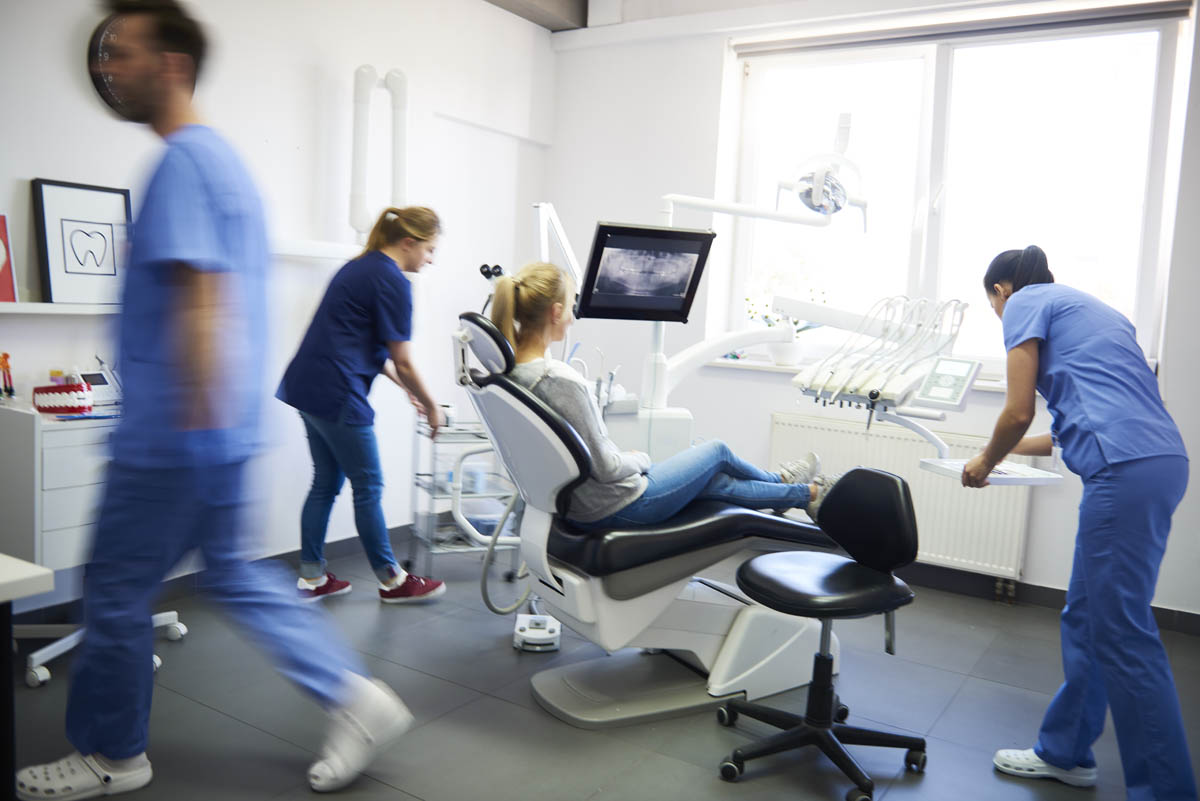
Can sleep apnoea be cured?
What is the treatment process of Sleep Apnoea?
In CPAP therapy, a machine continuously delivers positive pressure into your airway through a mouth or nasal mask. The air pressure helps to keep the air passages open while you sleep. Even though CPAP therapy is the most effective and reliable form of treatment for OSA, heavy equipment and additional masks required to make CPAP a cumbersome and uncomfortable process for patients. Patients need to learn how to hook on the CPAP masks every night, get a comfortable fit and control the amount of air pressure flowing through.
If all else fails, your last resort will be surgery in which excess tissue at the back of your throat with/without removal of tonsils, using laser and radiofrequency ablation might be carried out. Surgeries to reposition the jaw (mandible) forward may also be performed to relieve OSA. Some surgeries may install a stimulating unit for the hypoglossal (nerve that supplies the tongue) nerve to keep the tongue more active and prevent it from falling back during sleep.
Oral appliances, also called Mandibular Advancement Splints or Mandibular Repositioning Appliances help in the advancement of the lower jaw (mandible) and the tongue so that the airway is always open. Oral appliance therapy is an excellent option for individuals who cannot tolerate CPAP therapy. A variety of Mandibular Advancement Splints are available for the management of OSA and can be fabricated by our orthodontists depending on the patient’s needs.
Not all general practitioner (GP) dentists are trained in Sleep Apnoea treatment and fabrication of Mandibular Advancement Splints. Your GP can provide a referral to an orthodontist with more experience and ask for an evaluation. After all diagnostic procedures have been completed and you have been cleared for an oral appliance, your orthodontist will first take an impression of both your upper and lower teeth. Using your measurements, he will construct an appliance for you and call you back for a try in. Any adjustments required will be done to the device to provide maximum comfort to you and your oral cavity. Then you will take the device home along with instructions of its usage and maintenance.
Your doctors may conduct a sleep test post insertion of your dental appliance to evaluate the effectiveness of the treatment. Finally, since the devices are worn in the mouth throughout the night, it is crucial that proper maintenance of oral hygiene is carried out with regular follow-up visits to your orthodontists.
Some complications that may occur with oral appliance therapy include:
- Dry mouth
- Excessive saliva
- Inflamed or irritated gums
- Gag reflex
- teeth tender on biting
- pain in the TMS joint area (in front of your ear)



